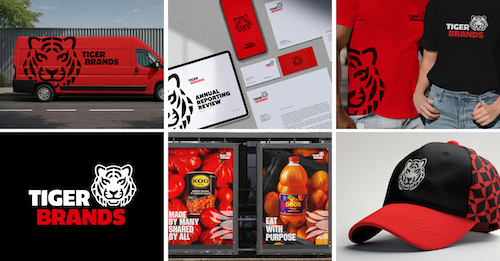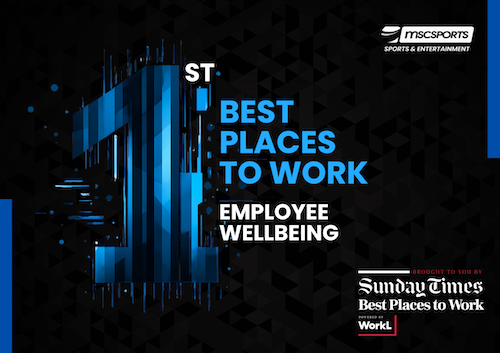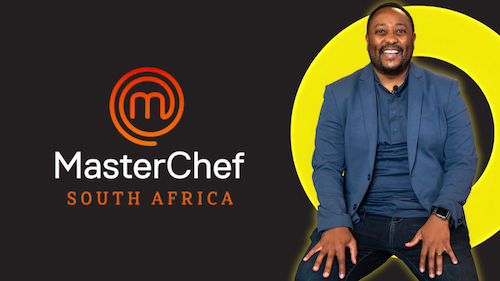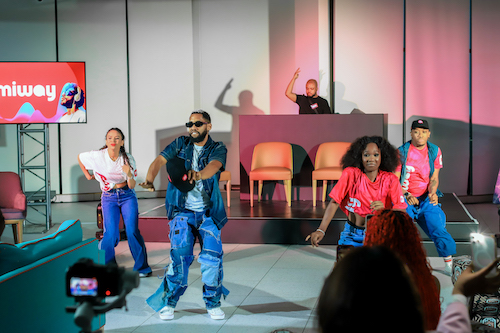NielsenIQ (NIQ) South Africa has released its State of the Retail Nation analysis for the third quarter of 2025, showing robust growth in retail sales value and volume. South African consumers spent nearly R167.5 billion on fast-moving consumer goods (FMCG) through traditional and modern trade channels during the third quarter. This represents year-over-year value growth of 7.1%, with unit sales increasing by 8.7%.
The Tech and Durables (T&D) sector, meanwhile, continued to struggle. NIQ South Africa’s panel market data for the quarter shows that declining telecoms device sales are still weighing on the T&D sector. Total T&D spending fell 3% year-on-year to R21.5 billion, suggesting that consumers are rebalancing their spending priorities.
‘The FMCG sector recorded a relatively strong quarter, with a stable rand, manageable inflation and steady fuel prices contributing to consumer spending,’ said Zak Haeri, Managing Director for NIQ in South Africa. ‘But with subdued economic growth and high long-term unemployment, consumer confidence remains fragile. Shoppers remain cautious and price-sensitive as retailers and manufacturers prepare for the all-important festive season trade.’
FMCG Market: Snacks And Tobacco Outperform
Continuing the trend observed in the first half of 2025, the hottest FMCG growth segments for the third quarter were non-alcoholic beverages (up 9.3% to nearly R22.6 billion), snacking (up 7.7% to R12.3 billion) and tobacco (up 11.5% to R6.6 billion). These categories also saw impressive sales volume growth, with non-alcoholic beverages up 9.3%, snacking up 15.9% and tobacco increasing by nearly 14% – indicating unit sales growth over and above inflation.
Food, the biggest category, was up 8% to nearly R61.7 billion in the third quarter and saw a 7.7% sales volume increase. Most other key categories also delivered healthy growth, with the exception of baby food and care:

Private label growth continued to stall, growing 3.1% in the third quarter compared to the 8.7% increase in sales value recorded over the same period in 2024. Independent brands, meanwhile, surged with 10.3% growth versus the 4.7% recorded in the third quarter of 2024. As a result, private labels’ share of the market declined from 18.6% in the third quarter of 2024 and 18.3% for the first half of 2025 to 17.6% for the third quarter of 2025. This pattern mirrors findings from NIQ’s Global Outlook on Private Label & Branded Products report, which found that only 37% of South African shoppers are willing to pay the same or more for private-label products than for name brands.
Said Haeri: ‘The healthy sales number disguise some of the challenges consumers face due to rising prices for red meat, coffee, maize meal and other staples in their weekly shop. We see shoppers use strategies such as bulking purchases, stocking up during promotions, leveraging rewards, and switching to lower priced brands to manage their spending and get the most value for their rand.’
Consumers Pivot To Home Essentials In T&D Market
In the T&D market, consumers continued to spend cautiously with a clear pivot toward home-centric essentials and productivity tech, but away from discretionary categories. Sales value in categories such as panel televisions and smartphones has fallen or stagnated due to consumers opting for lower-cost products.
The smartphone category, saw a 5% drop in value and an 8% increase in unit sales in the third quarter of the year as longer replacement cycles and a lack of product innovation dampened demand. Affordability drove the prepaid market, with average prices falling 9% and unit sales increasing 11.6%. The postpaid market is showing encouraging signs of recovery into the last quarter.
Consumers continued to invest in appliances during the third quarter. Major domestic appliances grew 3% in value and 8% in unit sales. Hobs, dishwashers, freezers, hoods, microwaves and washing machines drove volume sales amid declining prices. Two-thirds of major domestic appliances sold at normal prices, indicating consumers are opting for more affordable products rather than shopping mainly for promotions and discounts.
The small domestic appliances category saw a 1% increase in sales value and a 6.2% increase in unit sales during the quarter. Air fryers, electric cooking, coffee makers and vacuum cleaners all sold well. Average selling prices continued to decline year-on-year, signalling price sensitivity among consumers and aggressive price competition among retailers and manufacturers.
Information Technology unit sales continued to recover, increasing 15% for the quarter to end-September. Sales of routers, laptops and monitors surged as the replacement cycle accelerated. However, the average sales price for the total IT category was down 10% due to discounting, with the result that sales value increased by just 3%.
The panel television market remained flat for the period with sales value decreasing 1% and unit sales going up 1.4%. New Chinese manufacturers continued to gain market share at the expense of the established players. Office machines, meanwhile, dropped 23% in value and 30% in unit sales, confirming a long-term shift to digital workflows.
‘Consumers are replacing IT products for the first time since they invested in digital work tools during the COVID-19 pandemic,’ said Haeri. ‘A stable rand and fierce price competition, meanwhile, held sales value down even as unit sales increased. A slower smartphone replacement cycle appears to have become the new normal in the absence of large technological innovations or compelling new features.’
Increased Shopper Frequency Presents Growth Opportunities
Said Haeri: ‘In the FMCG sector, we enter the festive season with consumers rebalancing priorities. While some categories such as beverages, snacks and tobacco are showing encouraging growth, price volatility challenges shoppers and brands alike. Rising prices of beef, cocoa and coffee beans, for example, are forcing consumers to evaluate new options. Manufacturers that pivot fast to attractive and affordable alternatives can win consumers’ trust and open new markets.’
‘Our data shows that South African shoppers are once again increasing their number of shopping trips, reversing the pandemic trend of shopping less often. With households shopping an average of five times a month, brands and retailers can benefit from designing promotions or product strategies that target frequent trips. Smaller pack sizes, convenience offerings or repeat-purchase incentives could capture more of these frequent visits.’
‘In the T&D sector, we can expect some turbulence as rising component prices start to filter through to the South African market. With consumers timing their purchases strategically, manufacturers and retailers must lead with value. This means delivering innovation that resonates with today’s purpose-driven consumers. The opportunity lies in products that improve performance, enhance everyday experiences and offer visible return on investment.’
NIELSEN
https://www.nielsen.com

















